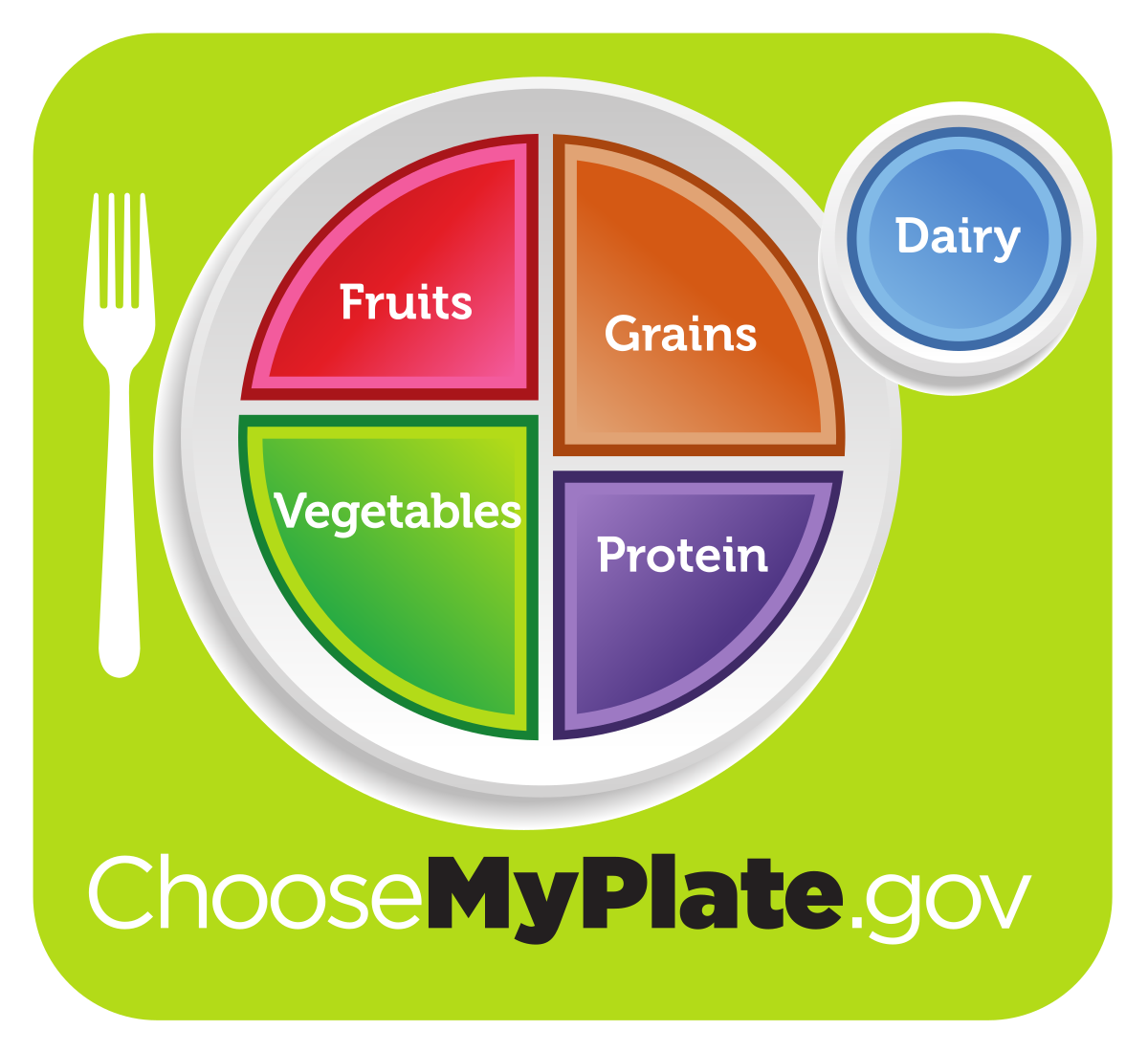Science about health and nutrition in Korean food

Originally posted on August 18th 2013.
Health and nutrition
During the past week I have learned so much about what makes Korean food special and why the Korean and Japanese Food has not only been globalized but also is becoming a special focus on its' healthy functions.
To give to a short introduction, the major in nutrition is a scientifical view on Food and how the nutrients and the substances therein, their action, interaction, and balance in relation to health and disease are. Furthermore the process by which the organism e.g. the human body ingests, digest, absorbs, transports, utilizes and exercises food substance. So in general it is the scientifically view about the nutrients that are provided by the food that are needed to fuel, build and maintain all body cells.
A lot of Most people know about the food pyramid that should show what kind of food is needed to balance between health and disease.


Sources: www.hsph.harvard.edu/nutritionsource/healthy-eating-pyramid/; www.myplate.gov
But later studies found that this chart is too unprecise and therefore not good to understand for the every day life, so a new chart has been presented by the US Government called MyPlate. After that many other countries followed this example and adapted the concept in which a plate is shown and divided into different parts that show how much fruits, grains, vegetable, protein and dairy should be included in every meal. Above you can see the Myplate and adaption of it by the Korean government. They included also that sport activity is important.
What is making the Korean diet called „HANSIK“ so special?
HANSIK stands for healthy, attractive, natural, sensible, imaginable and Korean cuisine. The main characteristics of it is Bansang (traditional regular meal table), balance and harmony (f. i. of the colors and nutrients) of the various ingredients of main materials and seasoning as well as cooking methods. Moreover natural foods, fermented food and disease preventive food are the other characteristics.
A traditional meal always consists of rice, soup and side dishes that can vary between 3 kinds, 5 kinds and 9 kinds. I already wrote about the five different colours that are always seen in Korean meals and what kind of function regarding the organs they have. Moreover meals should have the golden ratio of 8 (vegetable):2 (meat).

Tradional Korean food, soybeans and fermentation
The traditional Korean food uses basically natural materials that are produced seasonally. Bureom (nuts) are eaten a lot during winter to maintain the immune system. Walnut is good for the brain development (of children), chestnut prevents cold and is good for the skin care as well as pine nuts, peanuts are a source of protein and are good for physical functions.
Soybeans are a stable in Korean food and consists of 40% protein and 20% fat. It has a lot of bioactive components, prevents chronical diseases and lowers the cholesterol. Other products are soybean sprouts, tofu, soybean milk and soybean oils. Soybean fermented food are the soybean paste doenjang, red pepper paste gochujang, cheongukjang and soybean sauce.
Compared to any other countries in the world, traditional Korean food contains a lot of fermented foods. Fermentation is the process of breaking organic materials by microorganism into final products with great health and nutrition benefits. In soybean paste the anti-cancer activity and anti-mutation activity was increased after fermentation. Anti-bacterial materials in fermented soybean paste are pepticides including 4-hydroxy benzoic acid and these are produced during fermentation as well as Vitamin B12 which does not exist in raw soybeans. The phytochemicals such as genistin, genisteine and daidzein contain anti-cancer, anti-inflammation and anti-oxidant effect which prevent cardiovascular diseases.

Kimchi and its health effects
Kimchi is the signature dish of Korean food withmade of a variety of vegetables and was conceived in Korea around the 7th century. The main ingredients for Kimchi are napa cabbage, onion, garlic, ginger and red pepper powder (the use of hot red pepper powder started in the 12th century). Napa cabbage contains the anti-cancer effects of sinigrin which the inner side contains more (137,3 mg) than the outer side of napa cabbage (49 mg).
Studies showed that a variety of the Kimchi seasonings have anti-cancer effects such as garlic, ginger, red pepper and chives. Garlic in particular has sulfur and antioxidants that are antiviral, antibacterial and antifungal. It lowers the blood colesterol and has anti-diabetes and anti-cancer effects. Red and green pepper have the function to stimulate the digestion and appetize. Also the Capsaicin in red pepper lowers the body fat and contains a lot of Vitamin C, beta carotene which has an anti-cancer effect too. It stimulates the blood circulation, treats neuralgia and is useful as pain reliefer. But too much consumption may cause irritation and damage the stomach membran and diarrhea!
The fermentation time of Kimchi is 15 days and it contains anti-aging effects but also prevents enteritis, colonitis and adult diseases such as cancer and atherosclerosis. The most anti-cancer effect has Kimchi when it is fully fermented.



Kimchi accompanies different korean dishes
So Korean food enhances the immune system, prevents hypertension and other chronic diseases and is good against allergies which is the result of a study about children with and without allergies. These reports showed that children who grew up with (only) Korean food had less allergies than the others.
In total it is proven that Korean food is medicine as it is a very healthy food.



